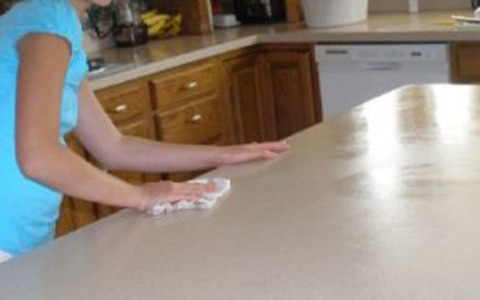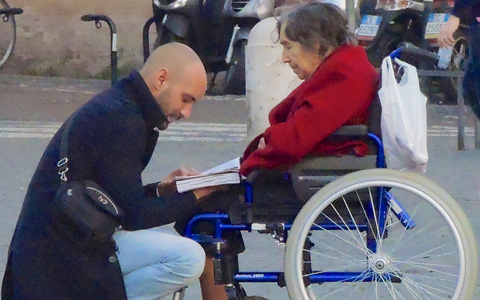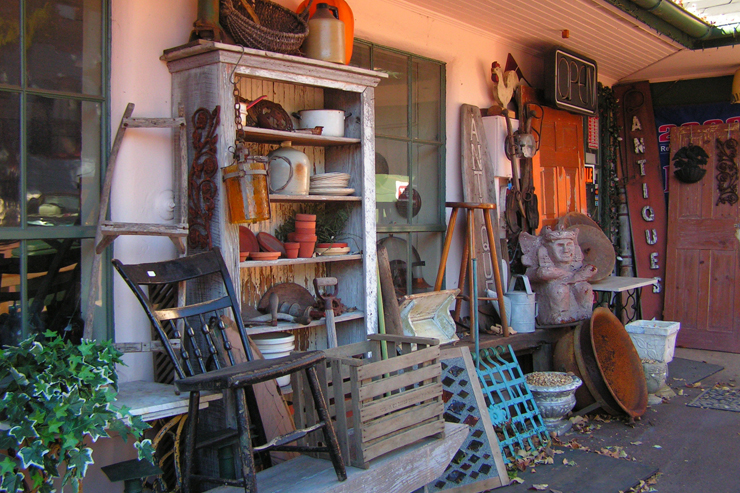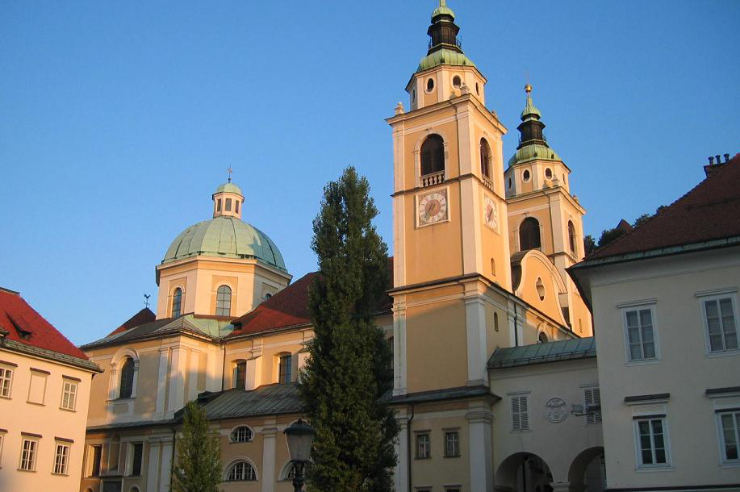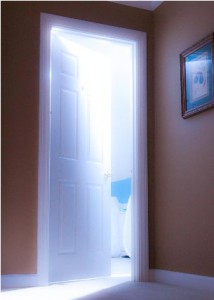
Photography © by Paul Johnson
Editor’s Note: November 1 is All Saints Day, a Holy Day of Obligation. November 2 is All Souls Day. Why not plan on attending Mass on both days? This article might just prompt you to pray for a departed loved one at Holy Mass who may need your prayers.
* * * * *
When a relative reported she’d seen her daughter recently, I figured the poor woman was overwrought and upset – and just imagining things. You see, the daughter died a few months ago.
But I didn’t dismiss her report by saying, “Oh, your eyes are surely deceiving you.”
Instead, I started wondering whether I believe in ghosts or not.
Catholics believe in the invisible world, of course, as evidenced in our proclaiming that God is the creator of “all things seen and unseen.” That word “unseen” brings to mind angels and demons, and of course we believe in both.
But what does our faith say about garden-variety ghosts? Catholic apologist Paul Thigpen helps answer this intriguing question in an on-line article called “What About Ghosts?” He explains that the saints in heaven, along with the souls in hell and purgatory, are disembodied spirits. And since ghosts are generally understood as spirits without bodies, our Catholic faith certainly includes a belief in their existence.
But the more interesting question about ghosts is whether or not they actually pay us visits. Thigpen provides evidence that some saints have been visited by spirits, citing the rather intriguing case of St. John Bosco.
It seems that when St. John Bosco was a seminarian, he and a friend made an unusual pact: Whoever died first would somehow contact the other one. The friend died April 2, 1839, and on the night after the funeral, a very strange thing happened.
St. John was gathered in a room with 20 other theology students when they suddenly heard a roaring sound. What happened next is definitely fodder for a good scary movie. It seems the door opened of its own accord, a dim light appeared and a voice called out, “Bosco, I am saved.”
Of course, “saved,” according to Catholic theology, means one has arrived either in heaven or in purgatory – since these are the two possibilities for a person dying in a state of grace.
Assuming the friend was visiting from purgatory, I wondered what might have spurred his visit – and a little research gave me a possible answer. It seems there is a place called The Little Purgatory Museum in Rome, and on its Web site you can see photos of fingerprints burned into a prayer book and a charred hand print on a table. The people who found these prints believed they had been left by deceased family members returning from purgatory to seek prayers and Masses.
None of these phenomena have been officially approved by the Catholic Church – and you can make up your own mind about their veracity. In fact, when it comes to ghosts and apparitions, Catholics can believe in them or not.
Still, there are certain occult practices the Church definitely forbids. These include trying to contact the dead by getting involved in séances or using Ouija boards. As Thigpen reminds us, such practices may indeed conjure up a spirit – but it could very well be a demon masquerading as the dearly departed.
I don’t know about you, but I would hate to be a soul from purgatory desperately trying to get my family members’ attention. As for my relative’s daughter, I plan to pray for her, now more than ever – and have Masses offered for her.
When it comes to prayers, we can never have enough. And when it comes to ghosts, I’d say it is wise to err on the side of caution.
Lorraine’s latest mystery is “Death of a Liturgist,” featuring love, laughs and liturgical lunacy at a fictional parish in Decatur, Georgia. She also has written a biography of Flannery O’Connor, “The Abbess of Andalusia.”
Please help us in our mission to assist readers to integrate their Catholic faith, family and work. Tell your family and friends about this article using both the Recommend and Share buttons below and via email. We value your comments and encourage you to leave your thoughts below. Thank you! – The Editors

